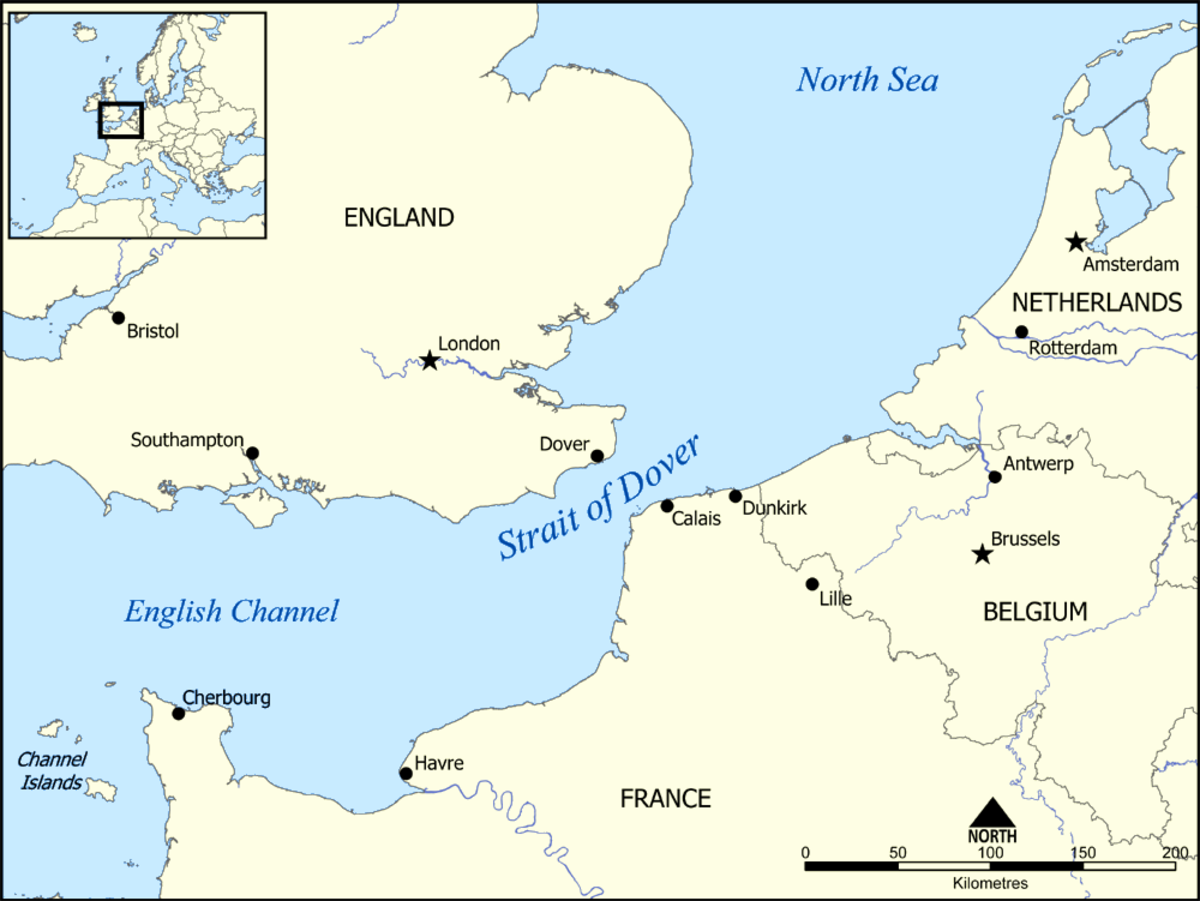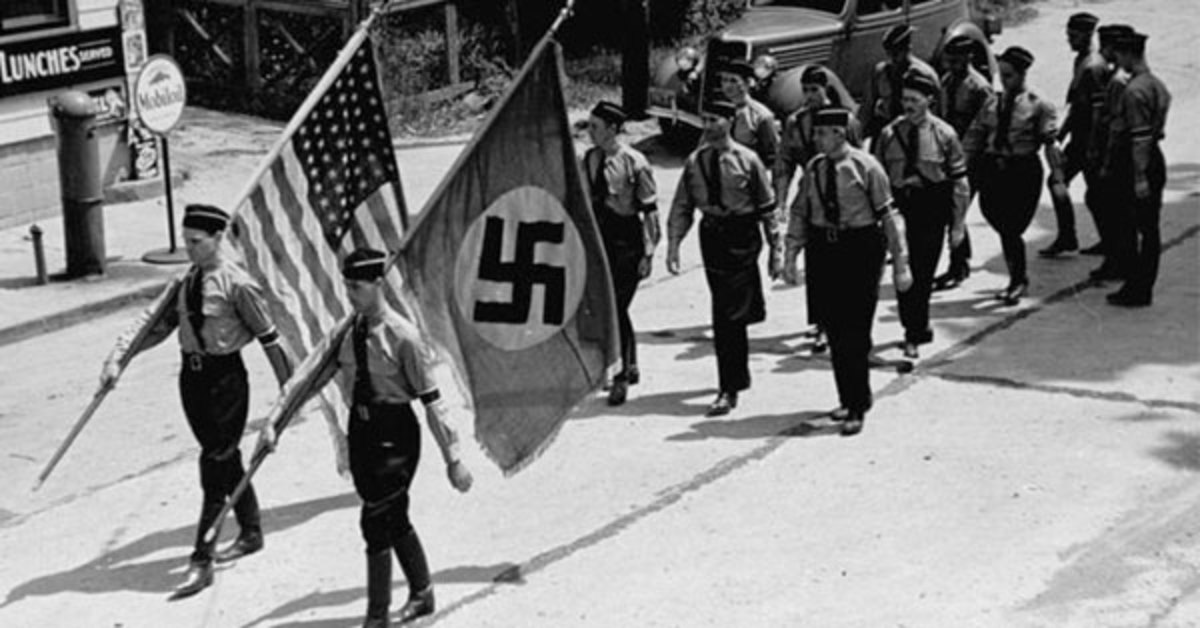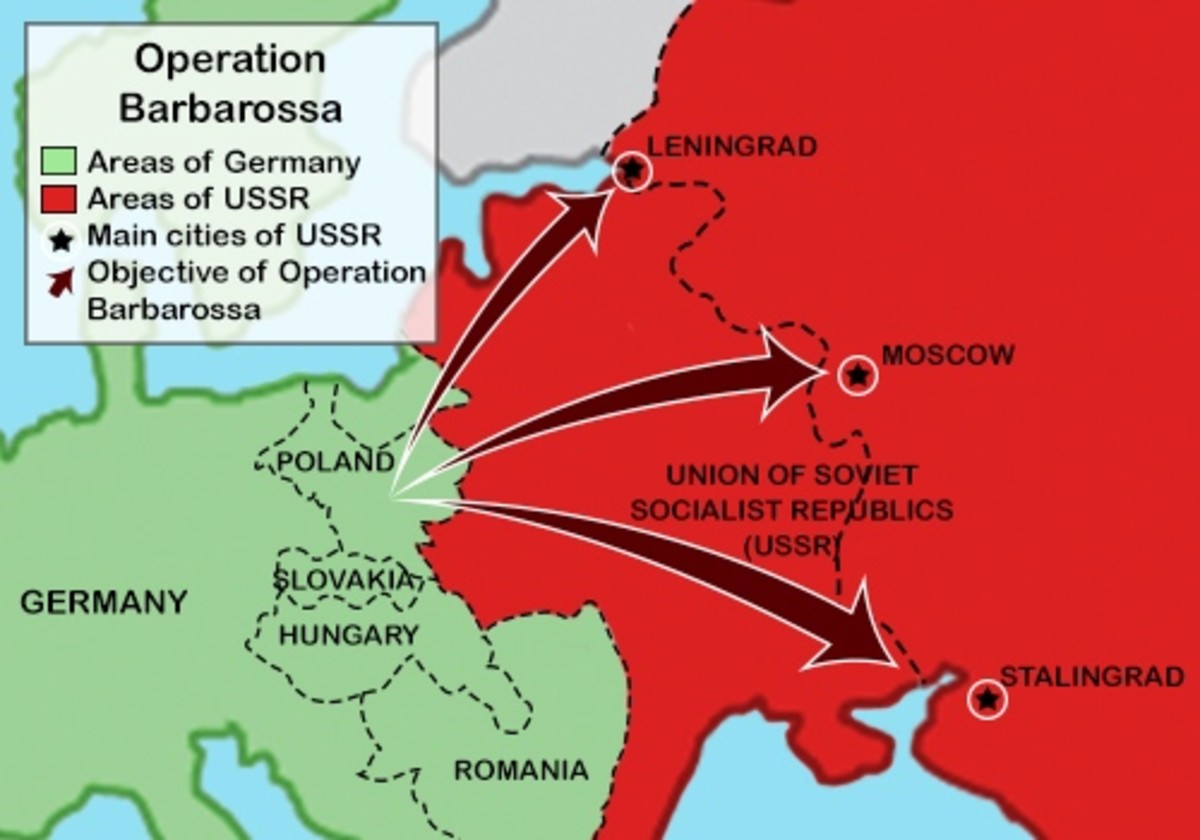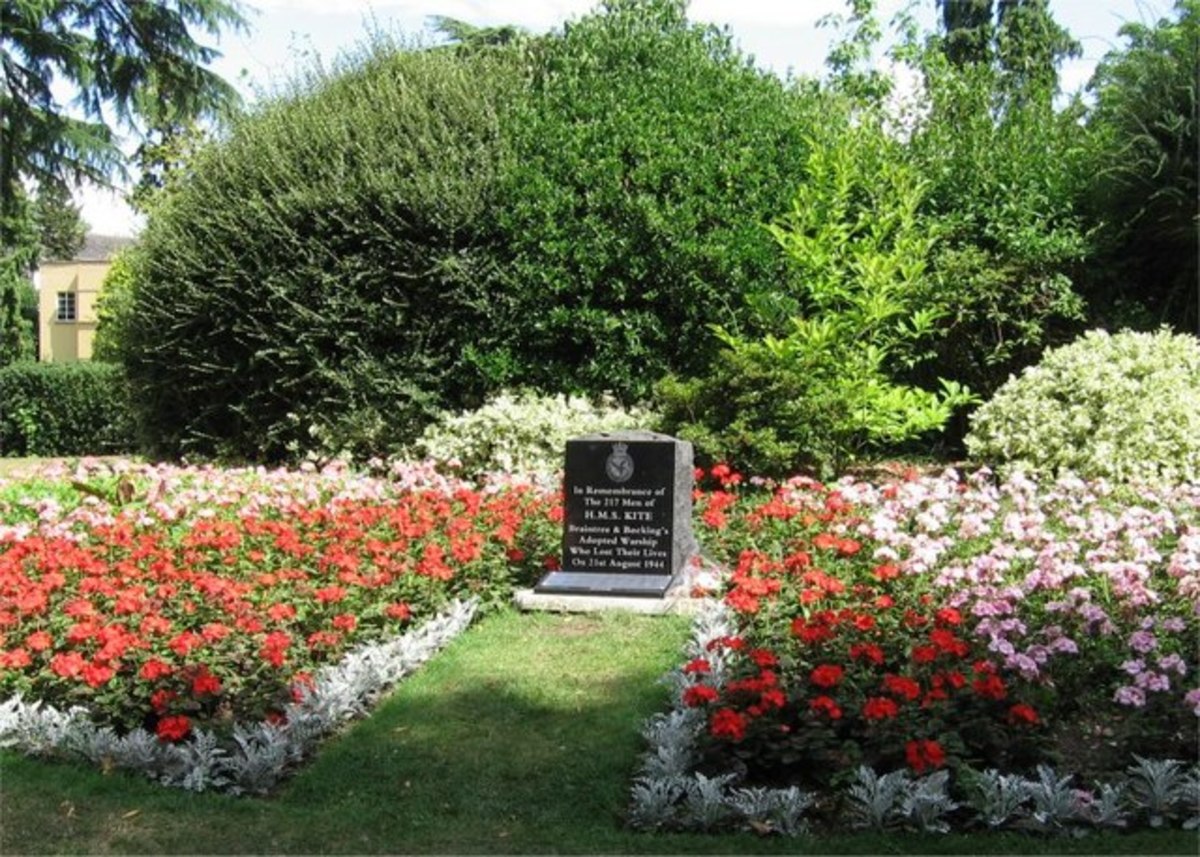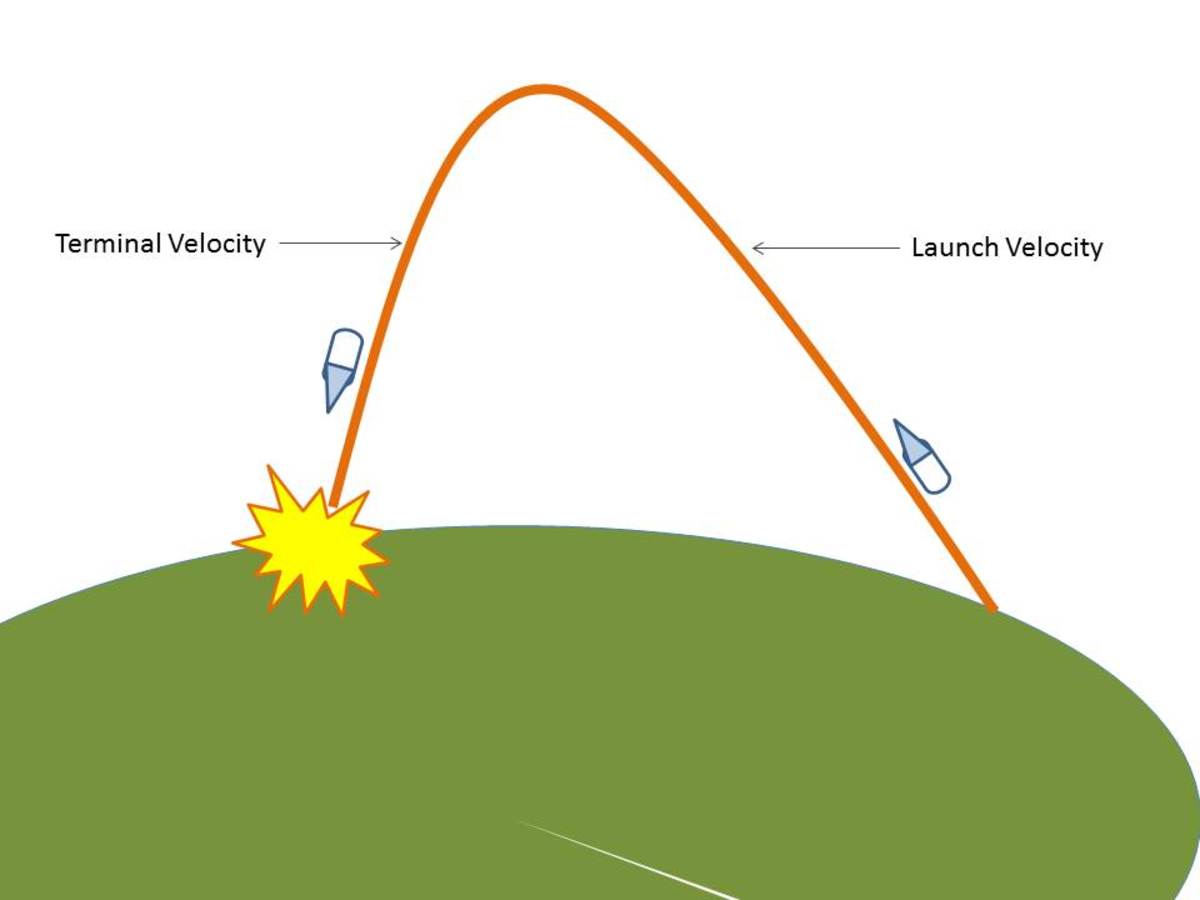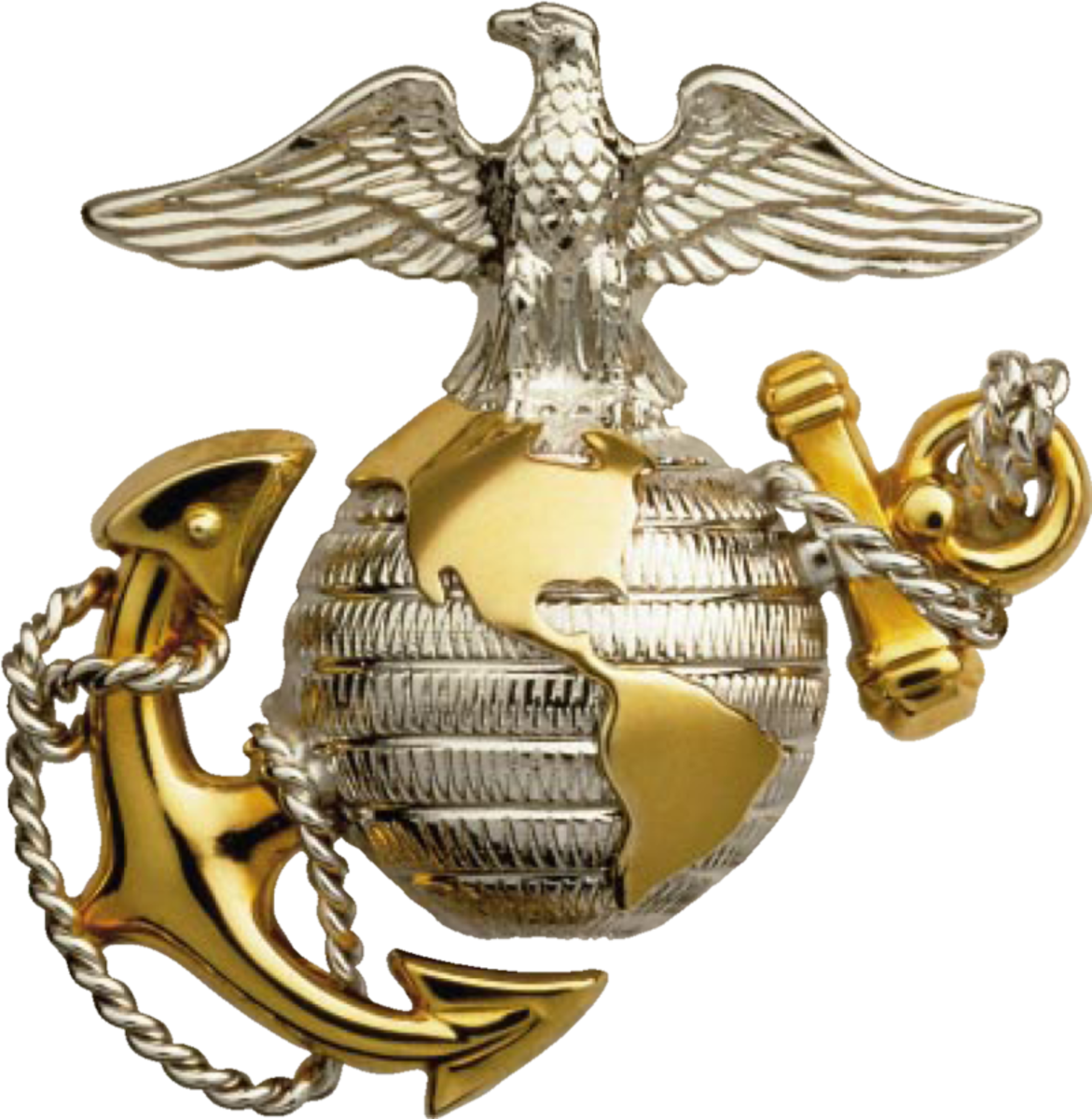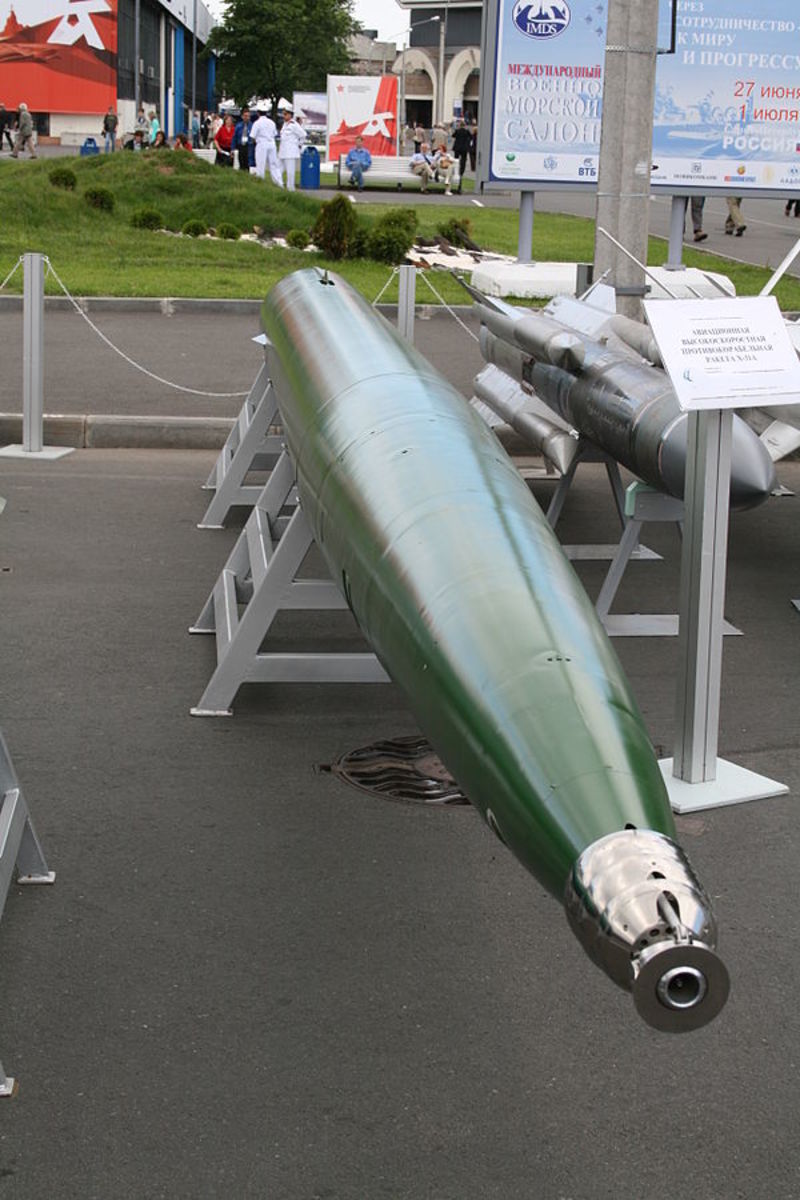The German Navy in the Arctic 1942
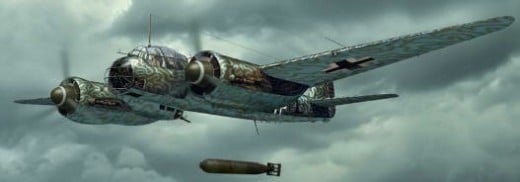
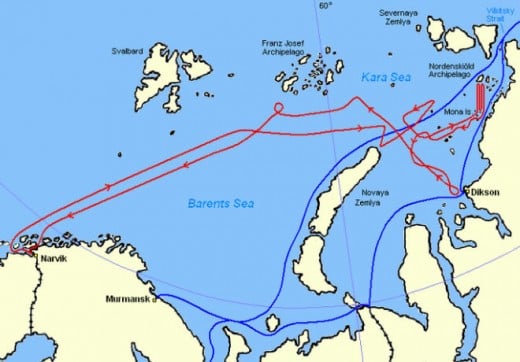
Operation Wunderland (Land of Miracles) 1942 began in mid-August as a raiding operation into the unknown upon suspected incoming convoys from Siberia as reported by Japanese intel. The suspected convoy was suppose to have nearly 70,000 tons in supplies involving 20+ transports and was to arrive at the Vilkitsky Straits around Aug.22. That was the impetus for Operation Wunderland.
The reality was that the huge convoy would not arrive there until Sept. 22 due to the ice and lack of ice breakers. The convoy actually was only 10 or so transports. Of course, the Germans knew nothing of this and very little of what Russian naval forces or their ports past Archangel.
Thus, Wunderland began with what the Germans thought would be sea routes used by convoys in a more direct sail towards Archangel instead of along the coastal routes. The Hipper and Scheer were available, but only the Scheer was involved and six U-boats and Luftwaffe support. With luck, a German recon plane spotted another convoy approaching the Kara Straits, but pilot error reported that it was sailing westward towards the Scheer. This excited the Germans. But, the reality was the convoy was sailing eastward towards the Vilkitsky Straits and would get there sooner than the Scheer.
The race was on. Of course, along the way, the convoy was lost sight of numerous times. By the 22nd-23rd, the convoy was in the Vilkitsky Straits, crawling through the thick frozen sea. The Scheer was still more than 70 miles away facing a stiff wind, bad weather, rough seas with icebergs. The ship sent out its last Ar-196 recon plane to try to find the convoy but due to lack of fuel, it returned not knowing how close the convoy was.
Meanwhile, the US Tuscaloosa with three destroyers was spotted arriving at Murmansk with emergency supplies being dropped on August 23. The small TF was not attacked while en route due to bad weather grounding the Luftwaffe.
The Scheer now sought any Russian naval units to destroy and turned away from the convoy. It would do this with success before returning to Narvik on the 30th. On Sept. 10, the Hipper, Koln, and Scheer with destroyers returned to the Kara Straits to mine them.
As this happened, the British CVE and escorts arrived off the waters of Murmansk as it provided cover to a huge convoy, PQ-18, which arrived with some loss. This convoy delivered thousands of supplies to the needed Russian army.
The German navy was simply at the wrong place when enemy forces arrived, which goes to show, how the allies benefited from breaking the German naval code, as they knew where the German ships were, for the most part.


